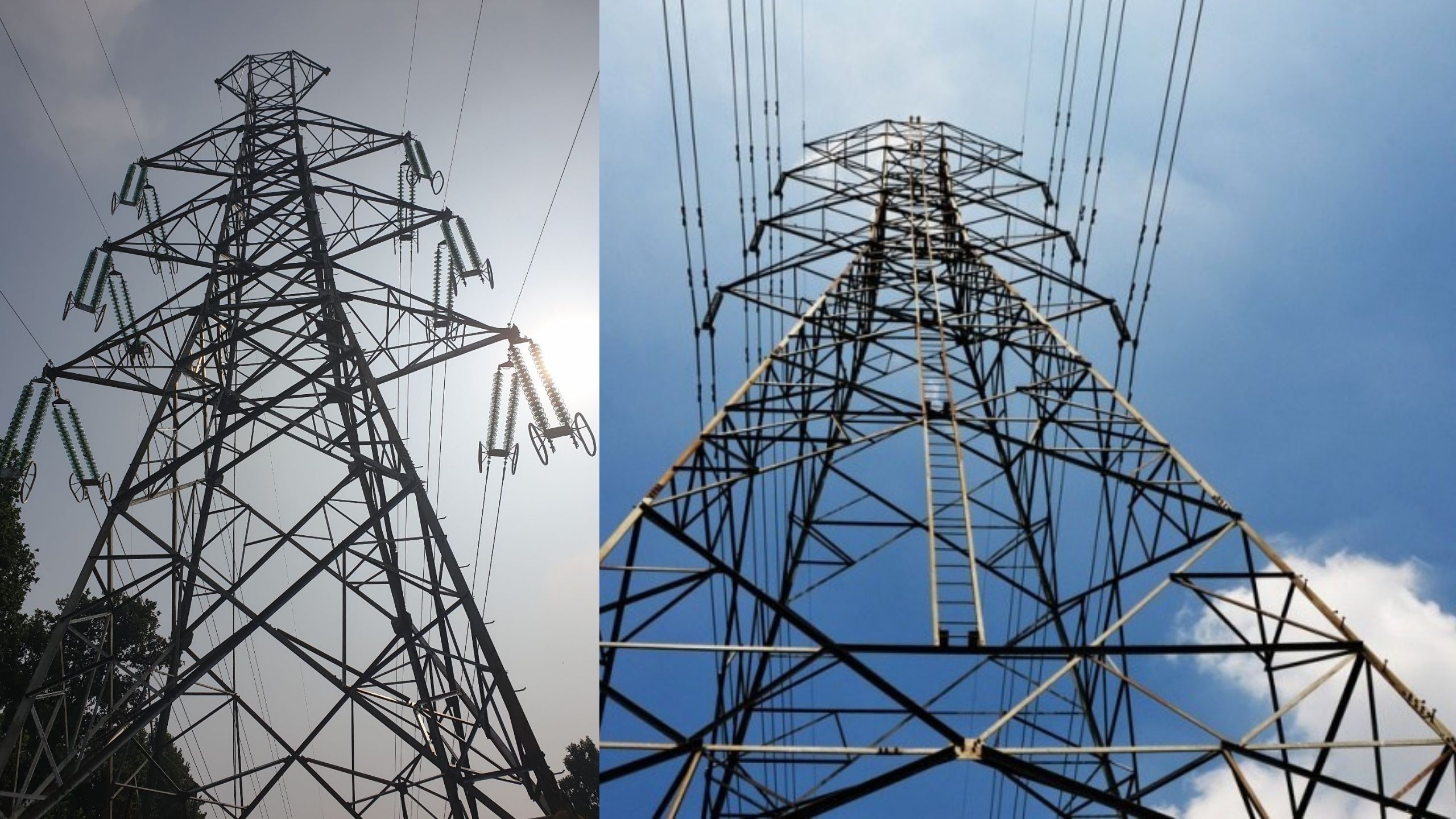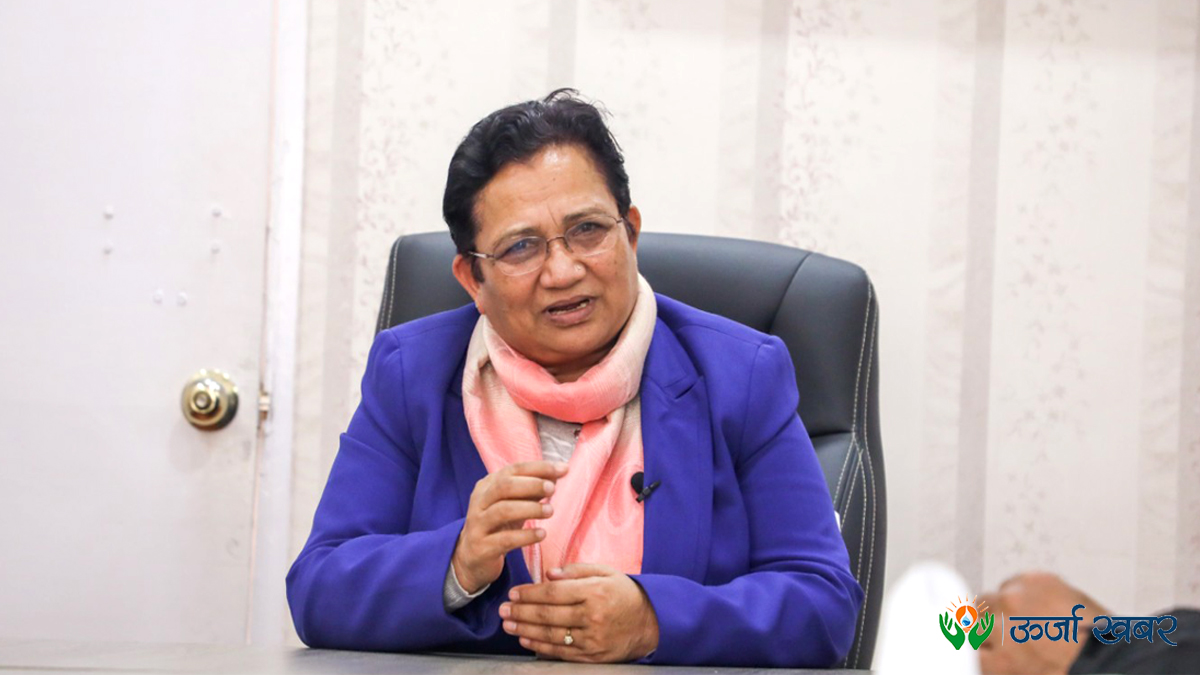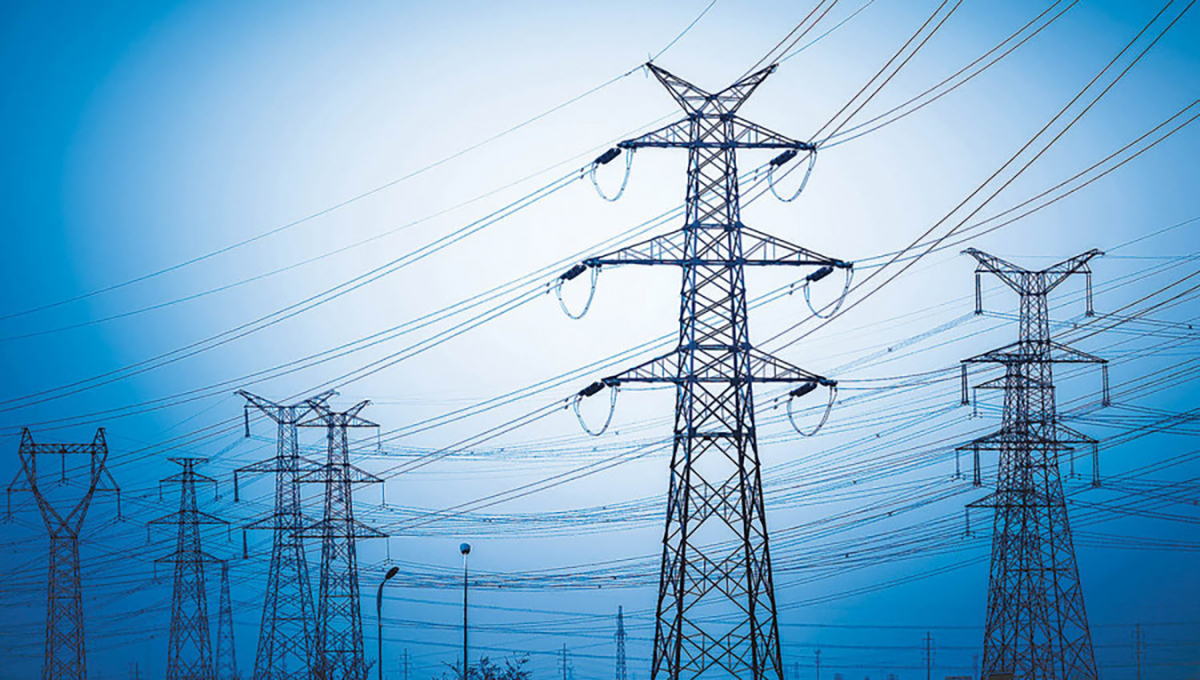Energy Update
Once power-starved, Nepal now aims to export electricity

For decades, Nepal has been touted as a water-resource rich country with an immense potential to generate hydro-electricity—up to 83 gigawatts—at least on paper. But Nepal lived in the dark ages for more than a decade—from 2006 to mid-2017, with power outages lasting up to 18 hours a day.
No major hydropower plants were developed during the decade-long Maoist insurgency, which ended in 2006. During the revolt, Maoist insurgents attacked infrastructure scaring investors away.

With improved management, leakage control and more power generation, ‘load-shedding’ now has become a thing of the past, and the country now has surplus energy, technically, mainly during the wet season.
And with a view to selling electricity, the Nepal Electricity Authority in May this year participated in a bid, seeking to export 40MW to the Punjab state of India.

“We participated in an auction called by the Punjab State Power Corporation Limited to supply electricity to Punjab for the period from July to October,” said Hitendra Dev Shakya, managing director of the Nepal Electricity Authority. “We are one of the suppliers chosen by Punjab’s power utility body to potentially supply electricity .”
This is the first-ever effort by Nepal to export electricity to the Indian market through a competitive bidding process, even though certain power is being exchanged through the cross-border transmission line currently.
The state-owned power utility, however, is yet to get a response from the power body of Punjab whether it would procure electricity from Nepal.
“We have not received a Letter of Intent from Punjab’s electricity utility body to supply electricity. Even though we are chosen as a potential supplier, it is up to the Punjab State Power Corporation to decide whether to purchase from us or not,” said Shakya. “If things materialise, we will have the first experience of exporting power to India through the exchange market and also pave the way for selling more power.”
If the Punjab power utility agrees to buy electricity from Nepal, it will be sent via Dhalkebar-Muzaffarpur 400 KV interstate transmission line.
In April, India officially allowed Nepal entry to its power exchange market. The Indian Energy Exchange (IEX) announced the “commencement of the Cross Border Electricity Trade" on its platform, allowing Nepal, Bangladesh and Bhutan to participate in power trading.
This was a first-of-its-kind initiative for the exchanges to expand their power markets beyond India to the South Asia region towards building an integrated South Asian regional power market.
After the opening of the power exchange market for Nepal, the authority has been purchasing electricity from India through competitive bidding along with the traditional method of purchasing power through bilateral agreements with Indian companies.
According to Shakya, Nepal has offered different prices for the electricity to be exported to Punjab. But the average price stands at INR3.5 (Rs5.6) per unit. With Punjab’s power authority delaying its decision, it is not sure whether the Nepal Electricity Authority will be able to sell its electricity this summer.
“We also need to take approval from the Power Ministry of India to be able to sell electricity,” said Shakya. “We are hopeful that the Indian government will provide us with a permit.”
Exporting electricity to India is important for Nepal, as there are already concerns that the country's potential surplus of energy, after all power generated by the 456 MW Upper Tamakoshi Hydropower Project is connected to the national grid, could be wasted.
The project located on the Tamakoshi River in Dolakha district in north-central Nepal, approximately 200km from Kathmandu, was inaugurated on July 6.
The Upper Tamakoshi Hydropower Project, Nepal's largest so far, has started evacuating 304MW of electricity from four of its six 76-megawatt units to the national grid, earning a status as a power surplus country during the wet season.
“In the next two weeks, the remaining two units will begin producing an additional 152 MW of electricity,” said Bigyan Prasad Shrestha, chief of the project.
Nepal, currently, has an installed capacity of 1,385MW. With the addition of power from Upper Tamakoshi, the installed capacity is over 1,800MW. According to Shakya, the country’s peak demand currently stands at 1,550MW. This means, when all units of Upper Tamakoshi start production, the country will have nearly 300MW of surplus energy in the wet season.
For the run-of-river hydropower project, which will have little or no storage capacity, winter [December-February] is the dry season when Nepal’s Himalayan peaks do not melt and the low water flows lead to lower energy availability.
“All power from Upper Tamakoshi is yet to be evacuated to the national grid. Once all turbines of the project start producing electricity, we will have surplus energy,” said Shakya. “There is the possibility of power spilling in mid-September when demand decreases along with cooling of temperature, particularly from the Tarai region.”
As the country struggles to increase the consumption of electricity substantially, officials at the authority say that there is risk of power wastage.
Besides, many power projects from the private sector are also in the production lineup.
Private producers say there is a possibility that electricity worth billions will go to waste in the near future without a solid energy trade plan, as Nepal aspires to produce 10,000MW by 2026.
According to Shailendra Guragain, former president of Independent Power Producers’ Association of Nepal, power generation capacity has already exceeded the peak demand of electricity in the country, requiring an increase in consumption within and outside the country.
“As about 4000MW of power projects are scheduled to be connected to the national grid in the next 3-4 years, Nepal needs the external market to sell excess power in the short-term as domestic demand has not been growing to consume all upcoming power,” Guragain said.
If the electricity that Nepal produces goes to waste it would affect the income of Nepal Electricity Authority, which has agreed to buy electricity generated by private producers, and in turn theirs, according to them.
“If a large chunk of electricity is wasted, it raises the question about the sustainability of the authority,” said Sudhir Prasad Timilsina, managing director of United Modi Hydropower Project. “In such a situation, it will affect the authority’s ability to buy electricity from the private sector.”
According to him, it would be better for the authority to sell the electricity at a cheaper rate particularly at night time than allowing the electricity to be spilled.
“If you make the electricity cheaper and increase the reliability of power supply, it will also increase adoption of electricity by households increasing consumption,” he added.
The auditor general’s report of last year noted that private-sector power producers had been incurring losses amounting to more than Rs382 million annually.
The report said that 95.61 gigawatt hours (GWh) of electricity produced by 18 private hydropower companies had gone to waste due to the inefficiency of the government to improve, renovate and build new transmission lines.
Nepal’s electricity authority, however, has been importing Rs734.7 million worth of power annually from India by paying Rs8 per kilowatt per hour, or per unit, while private producers receive Rs4 per unit on average.
“In total, it has inflicted losses amounting to Rs1.14 billion to the country in the fiscal year 2018-19,” said the report.
And with more power projects from the private producers in the pipeline, the country is in greater need of an electricity market within the country and outside, to prevent wastage.
Madan Timsina, spokesperson for the authority, said there is possibility of power wastage if domestic consumption does not go up or power cannot be traded this rainy season.
“Particularly, power may go to waste in the nighttime when demand is low,” Timsina told the Post.
According to Timsina, the authority expects the addition of 1,400-1,500MW of electricity in the national grid this fiscal year, particularly from private producers.
“The Indian exchange market has given us an important avenue to prevent the electricity from being wasted,” said Timsina. “We also have to increase domestic consumption by promoting the use of electricity in our kitchens and other sectors.”
In a recent interview with the Post, Kul Man Ghising, former managing director of the authority, said that lowering prices could be one of the ways to increase consumption of electricity in the domestic market.
At present, the Nepal Electricity Authority pays hydropower projects Rs8.4 per unit during the dry season and Rs4.8 per unit during the wet season for their electricity. It sells the electricity at an average rate of Rs 10.62 per unit to households and industries.
“We can promote the use of electric ovens in our kitchen. There is also a lot of scope for boosting industrial demand by increasing the capacity of substations,” said Ghising, “and reducing nighttime prices of electricity to support irrigation projects.”
Conversation
- Info. Dept. Reg. No. : 254/073/74
- Telephone : +977-1-5321303
- Email : [email protected]













